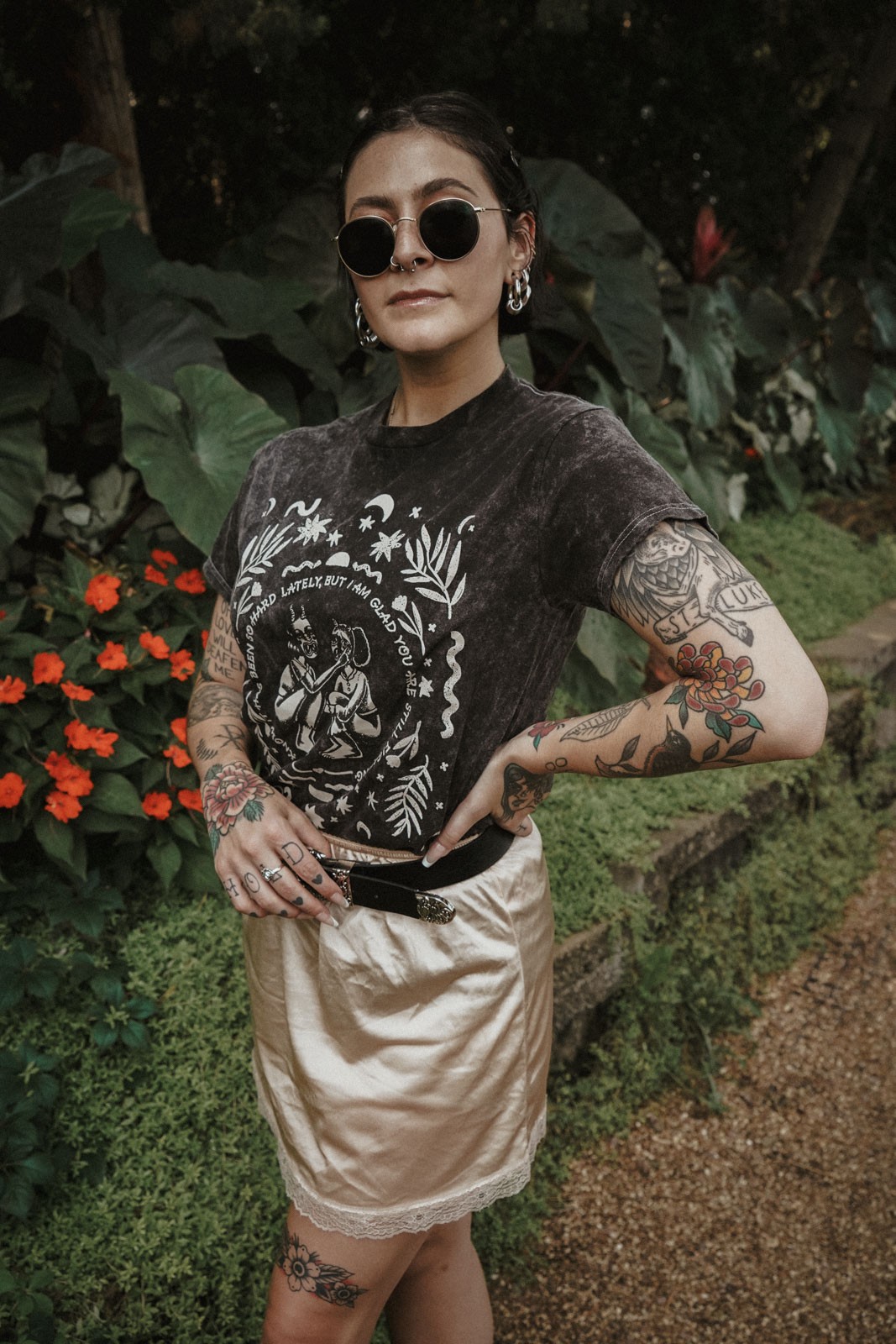We were lucky to catch up with Abigail Ervin-Penner recently and have shared our conversation below.
Abigail, looking forward to hearing all of your stories today. Are you happier as a creative? Do you sometimes think about what it would be like to just have a regular job? Can you talk to us about how you think through these emotions?
Although I am entirely happy making art and I wouldn’t choose anything differently, I do often find myself wondering if life would be easier if I had a regular job. I know the answer is “no, it would still be difficult, just in different ways.” I wonder what the financial stability would be like the most. It sounds nice. But then I think about my husband, who had a stable desk job making websites for a large company, and out of nowhere, he and about 30 other people were fired for no apparent reason. That’s the thing, even if it’s a “regular” job, it doesn’t mean it’s yours.
At least with making art, it’s mine. I get the freedom of expression in what I’m doing. I have a feeling that if I was working a design job for an agency, or answering phones, or hell…making sandwiches, I would find new ways to be depressed and sad; those illnesses never leave you no matter what you’re doing. At least when I work for myself, I won’t get called out for crying at the office, because the office is often my garage, and I’m mostly alone.
More often than not, I’ll find myself daydreaming about the different people I could have been if I wasn’t an artist. One thing about myself and my family, none of us really had a choice in the matter. Living and breathing art has always been in our DNA. Between my dad and seven out of his nine siblings ending up in artistic fields, my path was destined to be much the same. Me, my siblings, 75% of my cousins, we’re all just products of goofy weird artists. I don’t detest it at all, I love the way I grew up in an artsy family. But sometimes I wonder…if I was smarter, better at school, less flighty, could I have been a doctor? Could I ever have possibly become something other than an artist? If I didn’t draw from dusk ’til dawn, could I train for a marathon? Could I be an athlete? And if I was those things, would I be any happier? Or would I just be stressed out in different ways?
It can get pretty dark, to be fair. Once I start thinking about all the things that I’m not, it’s hard to reverse that thinking. But at least I can get a decent drawing from the thoughts.
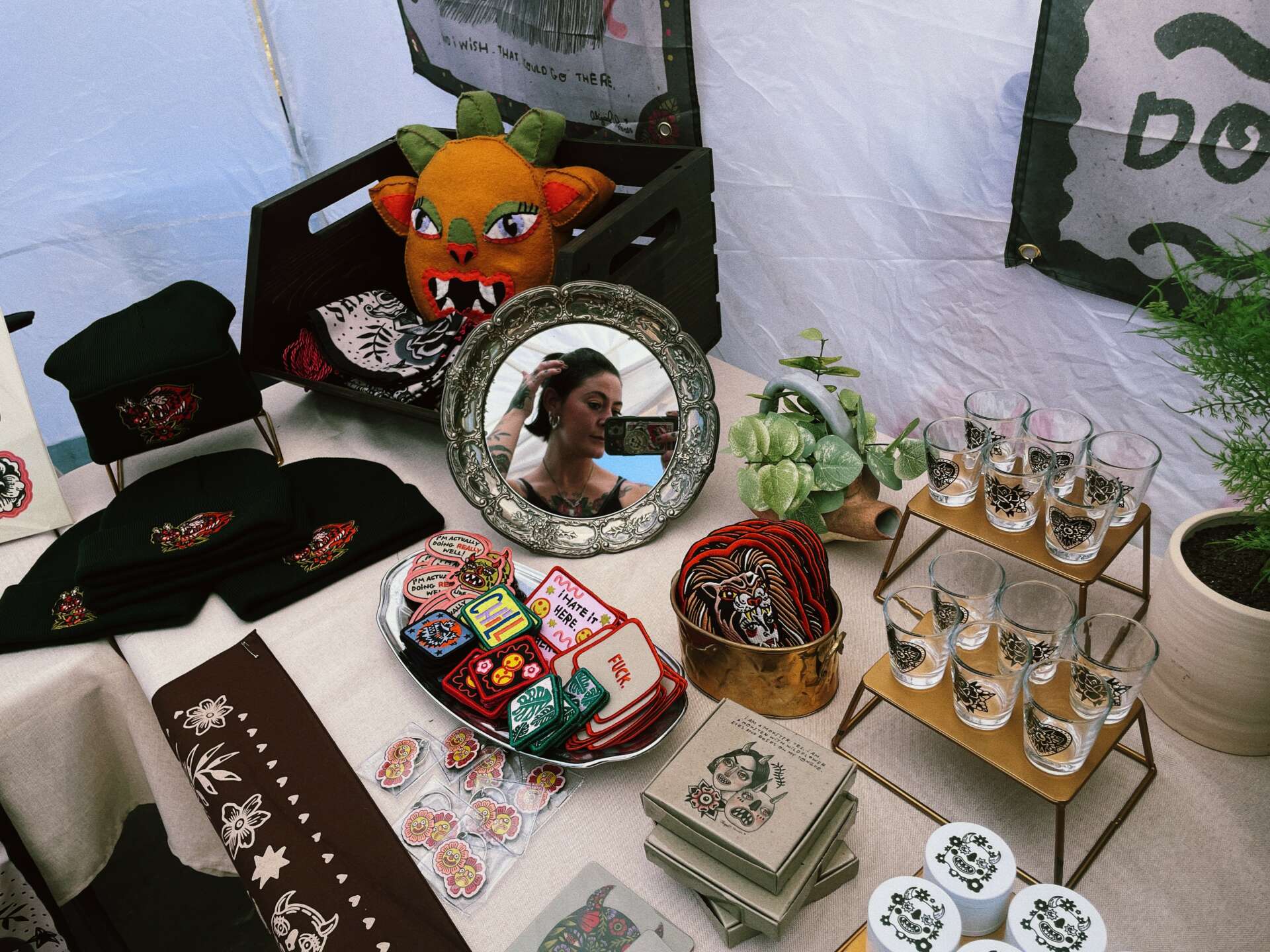
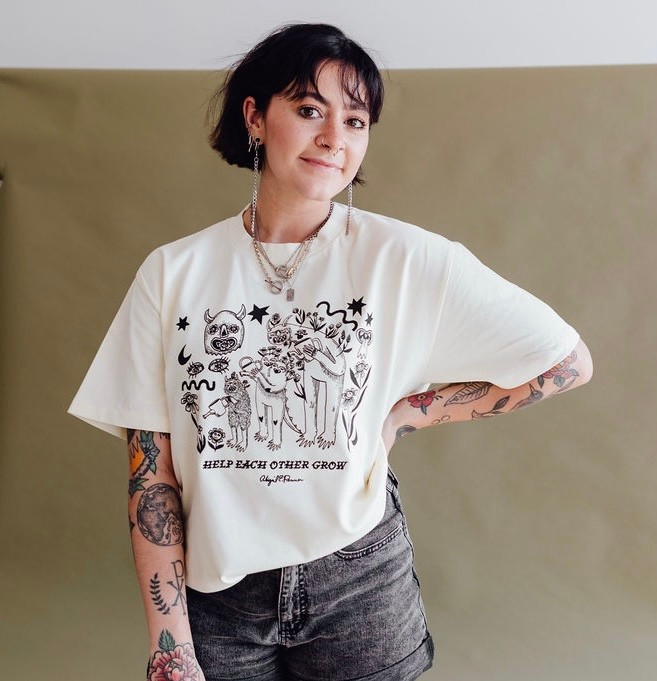
Great, appreciate you sharing that with us. Before we ask you to share more of your insights, can you take a moment to introduce yourself and how you got to where you are today to our readers.
I would like to start with a TW for anyone who struggle(d/s) with eating disorders, PTSD, or harassment/bullying of any kind.
My name is Abigail E. Penner and I’m an illustrator. I make drawings about feelings and illness, and the way that illness affects my feelings, and the way that feelings affect my illness. It turns out, I’m wildly un-alone.
First and foremost, I like to make drawings. I grew up in a small town in Nebraska. As a child, I drew pictures with my dad, who is also an artist. I would ask him to teach me how to draw and we would sit down for hours as he patiently taught me, an impatient learner. I’ve never been particularly good at learning, which led to a tumultuous schooling experience as an adolescent and as an adult, but drawing caught on. Truthfully, I think it was innate.
In my teenage years, I struggled. I was viciously bullied and harassed by my peers. By the end of my four years of high school, I was more or less sanctioned off to independent study periods to avoid other people. My senior year, I had two art periods that I took with one or two other students, three music periods, and one free period, which I filled in the art room. The art and band teacher at my high school were my sanctuary. During my free period, my art teacher wasn’t even there; she was teaching at the elementary school across town, but she knew how horribly I was treated and offered me a safe space. Although it was high school art and it wasn’t good, I learned a lot of valuable skills by making art for several hours a day.
It was in high school that I learned that ugliness exists in the world. It’s where I discovered my chronic physical illness (Rheumatoid Arthritis) would take away any semblance of normalcy that a 15 year old should have; and that it would rob me of any kind of normalcy for the rest of my life. It’s where I found out that people are cruel for cruel sake. It’s where I decided that any kind of control is better than none at all, and so why not control my eating. There is something so truly devastating about being a teenager for everyone, and yet it feels so unique to each and every one of us.
When I started college, I began making art about my struggles with anorexia and PTSD from the harassment I experienced just prior. And that is where I discovered that my struggles weren’t all that unique at all; that a lot of people had gone through similar tumult. It made me feel less disastrously alone. Those ugly thoughts that had been living in my brain now had a place to live outside of me: on a blank piece of paper. This is when I discoverd my monsters. I started drawing visual representations of my mental illness, as well as my physical illness, two things which continuously seemed to intertwine.
I didn’t last very long in college, due in part to my physical illness. In my younger years, the pain was localized to one knee, but as I grew into adulthood, I developed pain in my hands, elbows, and wrists. I could no longer keep up with the coursework in my fine art classes. I dropped out of school and started drawing for fun again. For about four years, I was a barista at a local coffee shop, drawing commissions and doing small pop ups with prints on the side. Outside of school, I made connections in the skate and music community, making flyers for local punk shows and events. I ran around with my then-boyfriend (now-husband)’s band and met other punk bands who wanted flyers and album art. Even though I quit school out of necessity, I didn’t miss it. For the first time, I felt like I was thriving.
Eventually I married my punk boyfriend, who worked a full-time job for a stable company. At that point, I quite literally just said….”fuck it, let’s go.”
I built a website, I got a trade name, I gained a following of people who were like-minded to me, and went for it. I started small, selling prints and t-shirts. I always knew I wanted to keep it small and sustainable, so I made as much by hand as I could before outsourcing to my local print shop. There, my printers have helped me find sustainable and ethical materials to use for merchandise (such as clothing, homewares, and wall art). Since 2019, I’ve met the most tender, gentle, vulnerable, and and kind humans that could possibly exist. After I started making art for myself and not for school or praise, I found my people. Where I thought I would exist in loneliness forever, I found community. No longer did I feel the pain of my past, but the hope for my future. Starting my business changed everything for me.
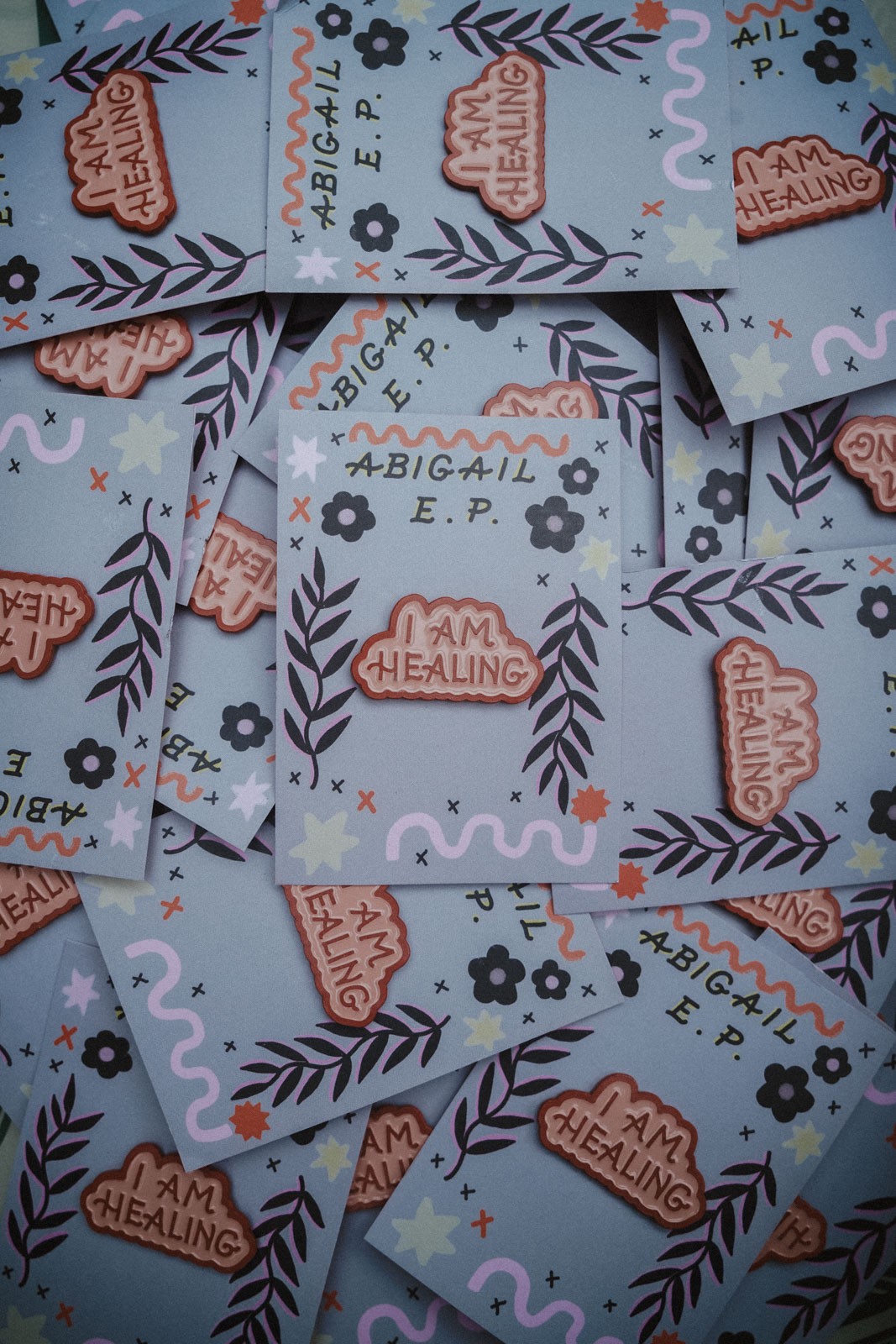

We’d love to hear a story of resilience from your journey.
When I was two and half years old, I was diagnosed with a disease called Juvenile Rheumatoid Arthritis. I was too little to remember it or know what it was by the time it truly started affecting me, which was when I was thirteen. I was at my older brother’s basketball game with my parents, when completely out of the blue, my left knee started throbbing. It swelled up and turned bright red; it was hot to the touch. My parents explained to me that I had a disease that had been in remission since I was around five years old. How does a thirteen year old deal with that? She cries.
I was in a flare for about seven years, until I was nineteen. In that seven years, I tried all kinds of different medications to ease the pain of degeneration. I had procedures that would have me on crutches much throughout high school. I couldn’t participate in athletics or march with the marching band. I felt very…outside.
When, at last, the pain in my knee had lifted, new symptoms showed up elsewhere in my body. My hands began to have the similar throb, swelling, and heat. I had to paint using my mouth, I couldn’t knead my clay. I learned how to draw using my non-dominant hand so that I could keep drawing when one hand began to hurt more than the other. When I went to the doctor about my hands, they bounced me around between ten doctors including multiple neurologists, rheumatologists, and orthopedists, all saying that my symptoms were psychosomatic. There was no signs that the arthritis from my youth had cropped up again; it wasn’t on my bloodwork, and my bones looked just fine. Ordinarily, that would be a relief, but for me this meant no medicine to ease the pain. This meant my pain was in my head. I ended up dropping out of school in part due to the intense pain in my hands.
Years later, still dealing with pain in my knee and my hands, I started developing pain in my spine. I thought to myself, “please, not again.” I had already given in to the fact that my pain was made up. That I didn’t have rheumatoid factor in my bloodwork. That there was nothing wrong with me. But the pain in my spine was not like the pain in my hands. I couldn’t “use my other one” when it hurt too much. Within two years, it went from a dull ache to completely debilitating. I could no longer tie my shoes or get dressed without help. Going from sitting to standing brought tears to my eyes. Eventually, I met a girl who studied health communication. She understood how much I detested going to a doctor for this new intense pain; after all she’d gone through twelve doctors to find out she had lupus. Because she understood, I trusted her. She helped me find a new rheumatologist, someone thorough and kind. After about a year of tests and trials with medication, I was diagnosed with sero-negative rheumatoid arthritis of the spine (I.e. spondyloarthritis–it’s kinda like Ankylosing Spondylitis). I learned that I have a very rare form of rheumatoid arthritis, which is one that doesn’t show up in blood work, but exists and causes damage just the same.
After about a year of intense physical therapy I am happy to say that I can tie my own shoes again. I gave up hope for so long that my pain would ever lift again. I believed that it would just get worse and worse and worse. I grieved the life I had known, and then grieved the life I had never known. To never have a day without pain since the age of thirteen, and to resign myself to the fact that it would only get worse from here…it was heartbreaking. Luckily for me, there is biologic medicine that not only helps my spine, but you guessed it, my hands and my knee as well.


Is there mission driving your creative journey?
My goal is to be as vulnerable as any person could ever be. I want people to see me and see my fire, my grief, and my joy. I want to cry and to be cried with. I want to create things that you look at and say, “that’s a bit of me,” and that creates space for you to feel it all, too.
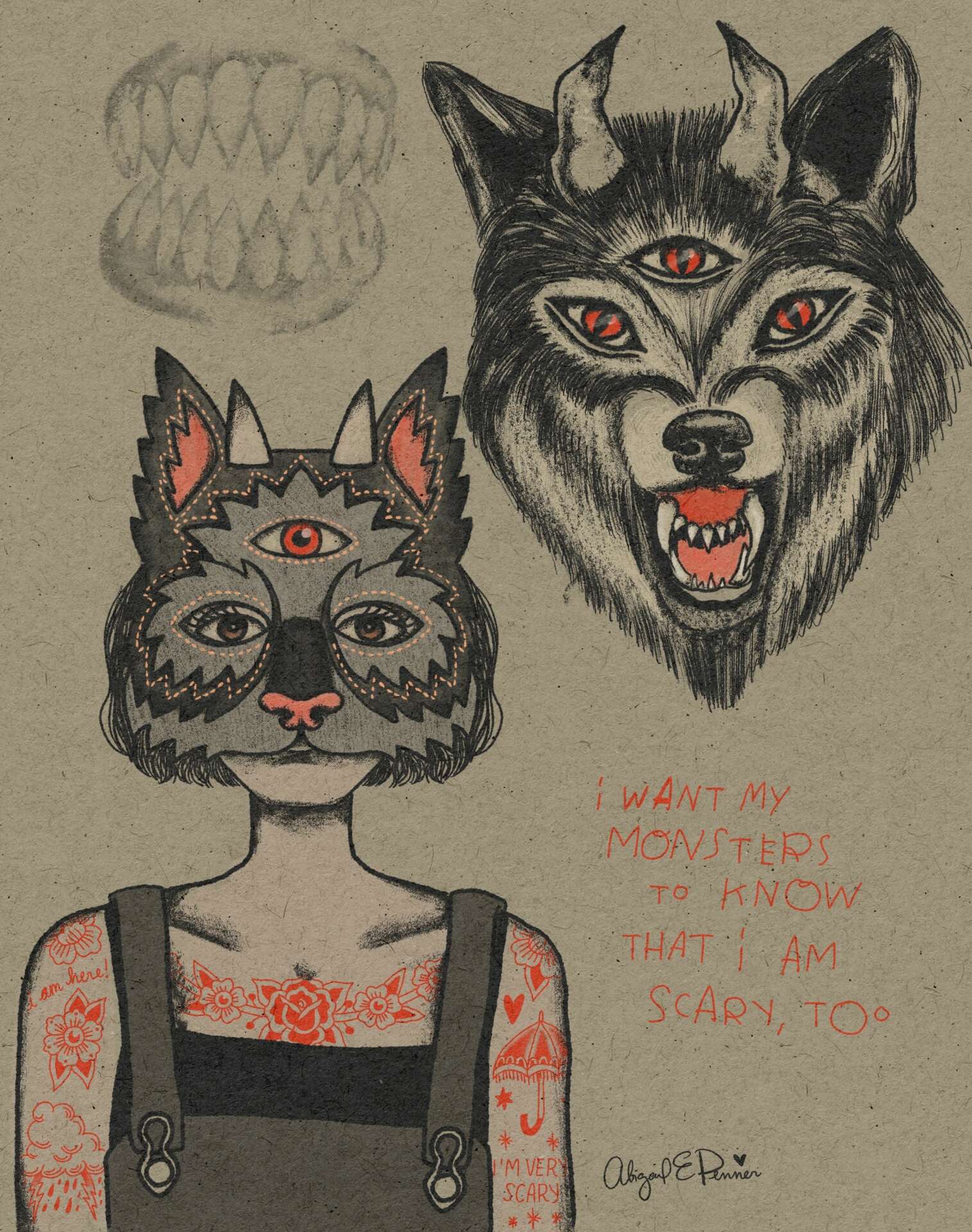
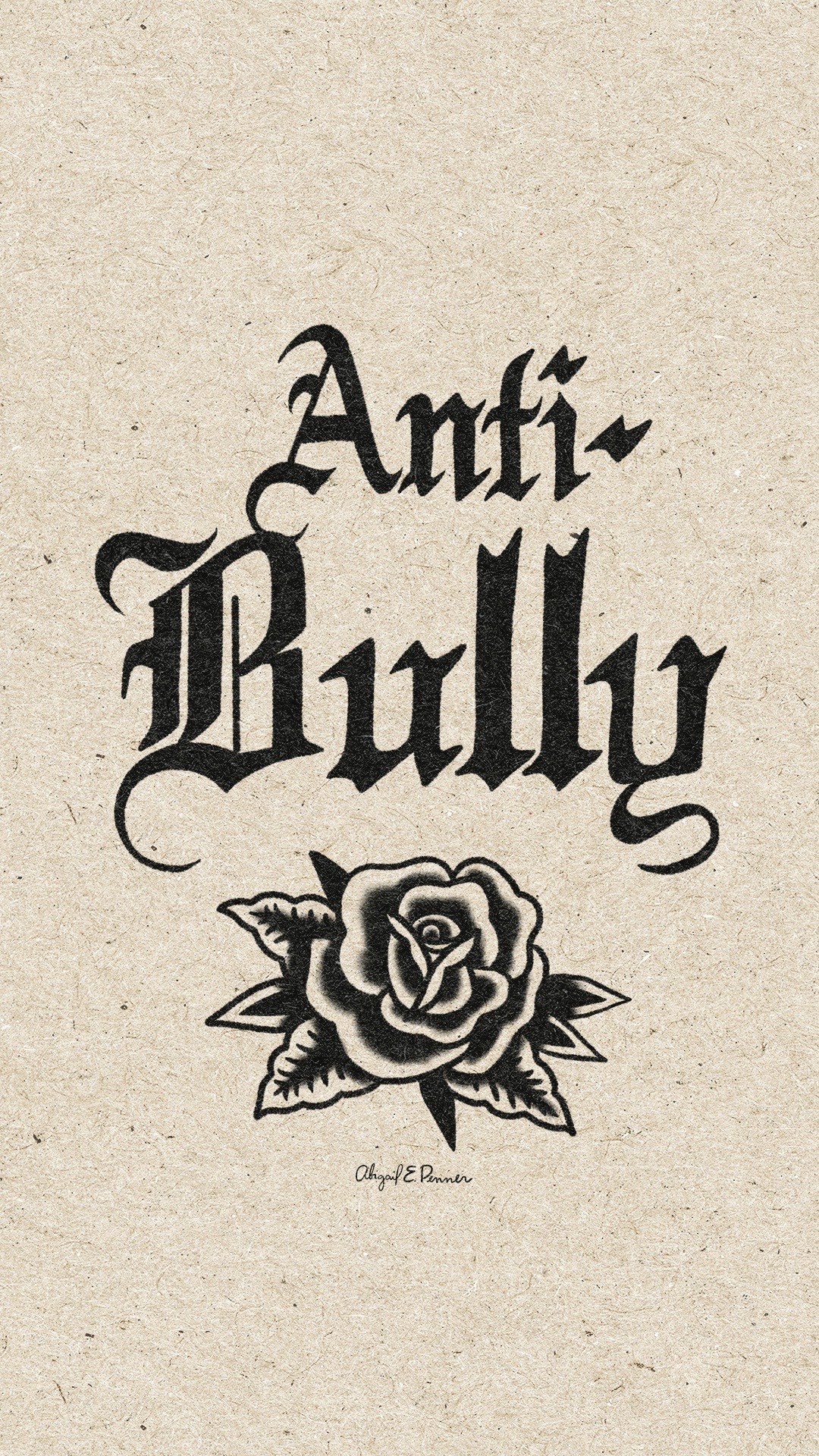
Contact Info:
- Website: abigailep.com
- Instagram: instgram.com/abigailepenner
- Twitter: twitter.com/abigailepenner
- Other: Tik Tok: @abigailepenner
Image Credits
Photographers: Cam Penner, Lauren Farris


